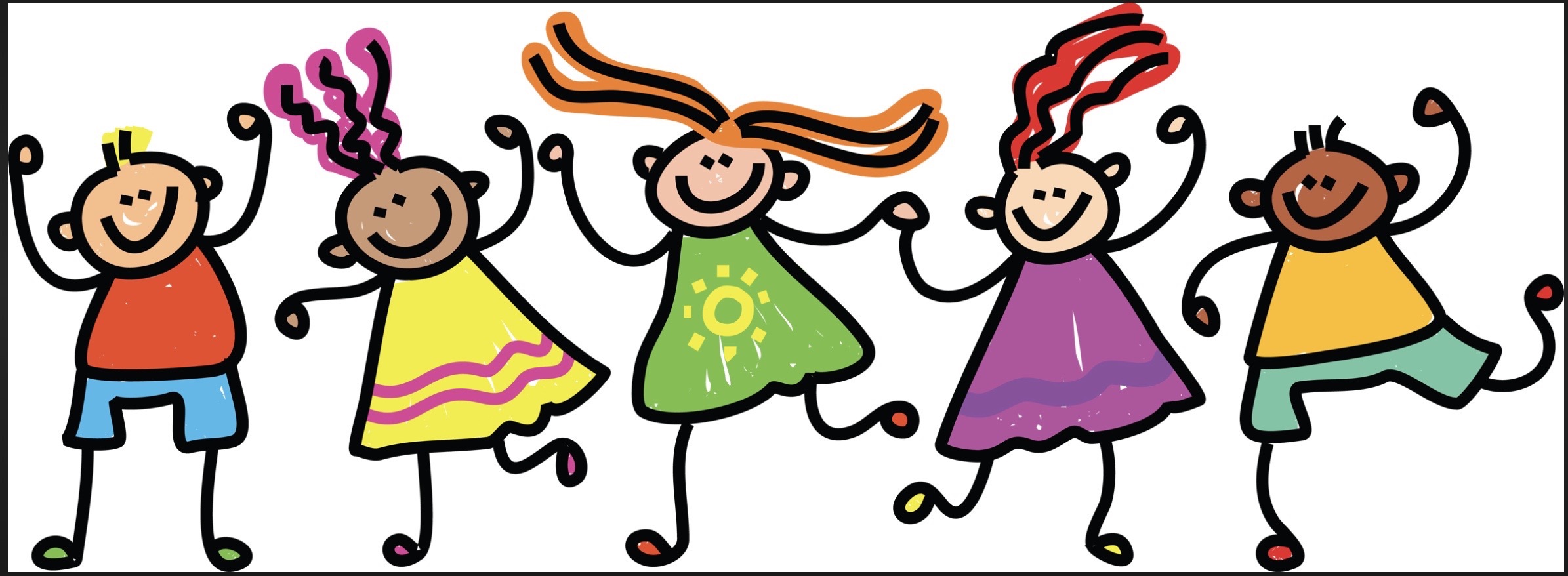In a Reggio Emilia inspired school such as Lincoln Nursery School teachers are viewed as more than just partners in their students’ education. Rather we play many different roles – roles which help guide our journey with children. We carefully observe and document the children. We listen to their spoken words, we observe subtle body language that oftentimes is invisible to their peers and we notice interests that recur throughout the studio. As well as being documenters we are also advocates for the children. We see them as competent and curious therefore we create an environment where they can work and play more closely with not only their peers but also the parents and other adults with whom they may come into contact.
Oftentimes in order to successfully work in this way it becomes necessary for us to pause and focus our efforts less on research topics and more on practicing how to work collaboratively and inclusively.
At the beginning of the school year children enter Studio Yellow from many different environments. Some children are familiar with each other as they were peers within Studio Blue, others have come from different schools and for some it is their first school experience. With this in mind, we are conscious to help weave these different experiences into one Studio Yellow community.
Currently we are witness to the exclusive language of “No boys allowed,” “Just she’s my friend – we’re having a playdate today,” or “We only want to play with boys.” We are also hearing one or two children directing play, ignoring the protests of those with different ideas. We are constantly listening to identify those scenarios aiming to be aware when we need to step in. Our hope is to guide less vocal children so that their voices can be heard, while also supporting those organizing the play to be more inclusive. It is helpful for us to model language in the hopes that it will empower children to eventually address these situations independently.
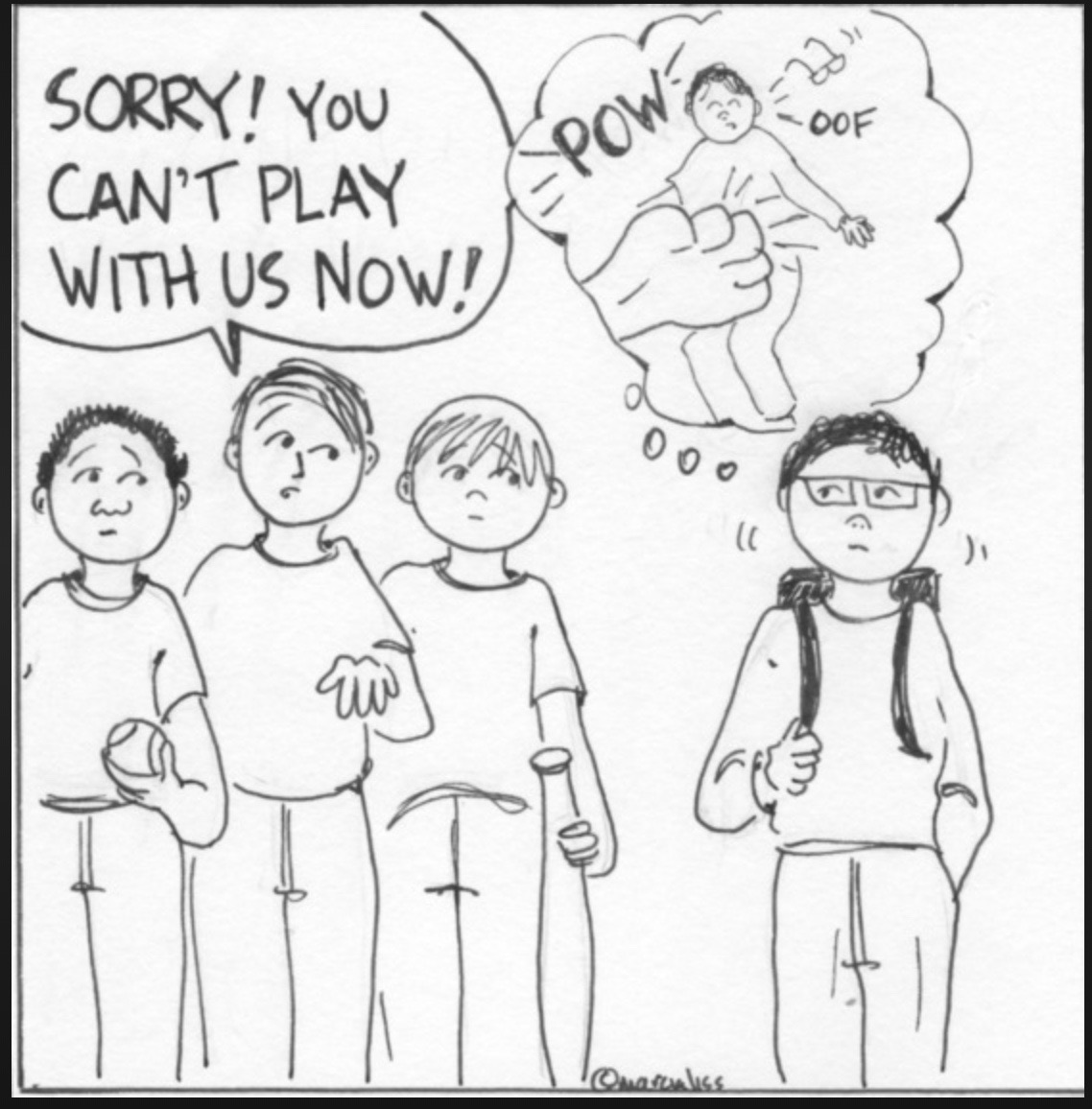
Perhaps you’ve heard within the studio or even heard from your children, some of the following questions…
Look at your friend’s face. How do you think that makes him feel?
What might that face be trying to tell us?
Can you use kind words to ask her that?
Did you want her to do that?
How would you feel if he did that to you?
Is it okay to make our friends feel sad?
Who is the boss of your body?
Who gets to choose what you want to play?
Do you have any ideas of how you can join that game?
Why don’t you ask him what he is doing?
Let’s check in with each other.
We’ve shared some stories this week to hopefully get the children thinking.
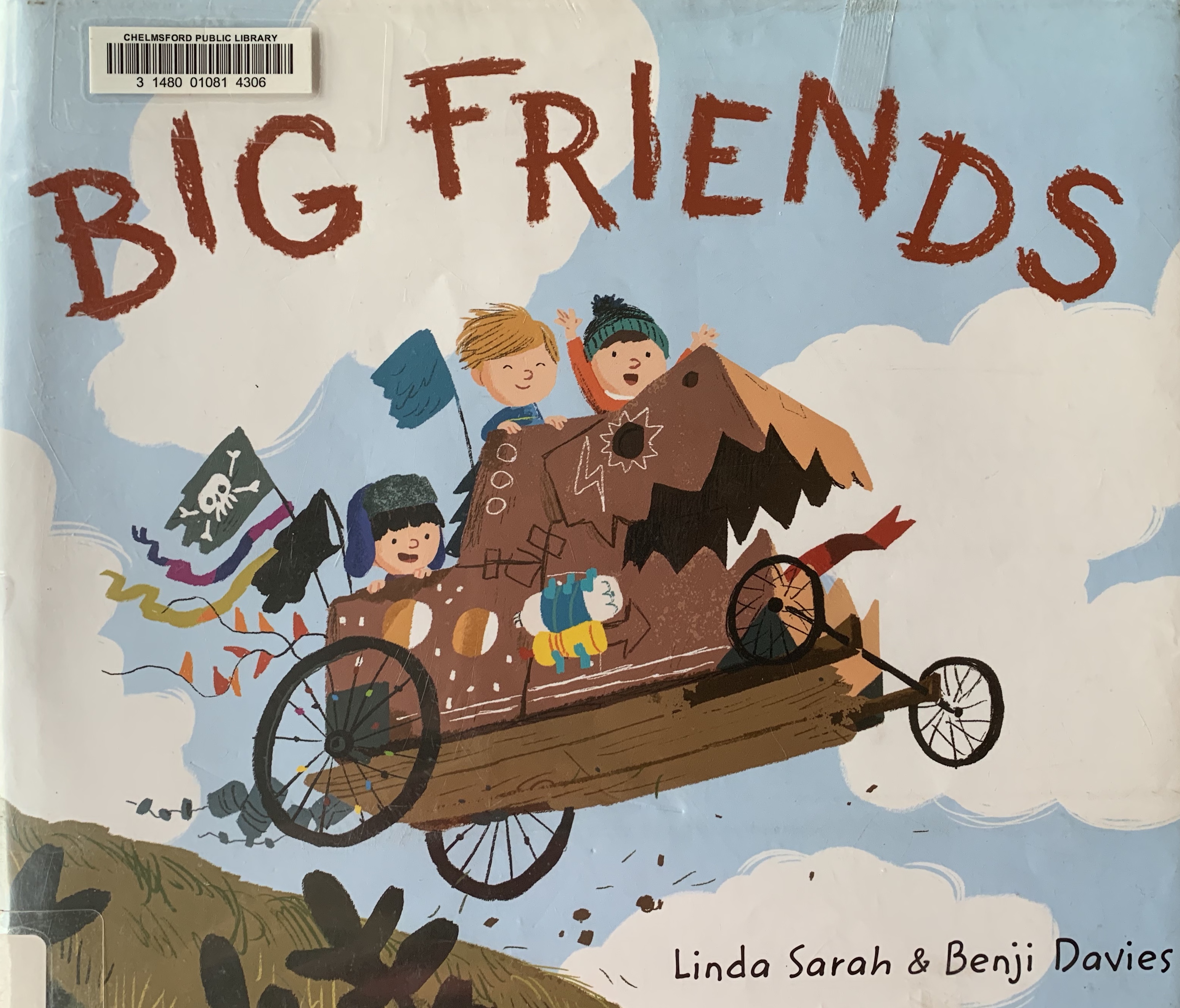
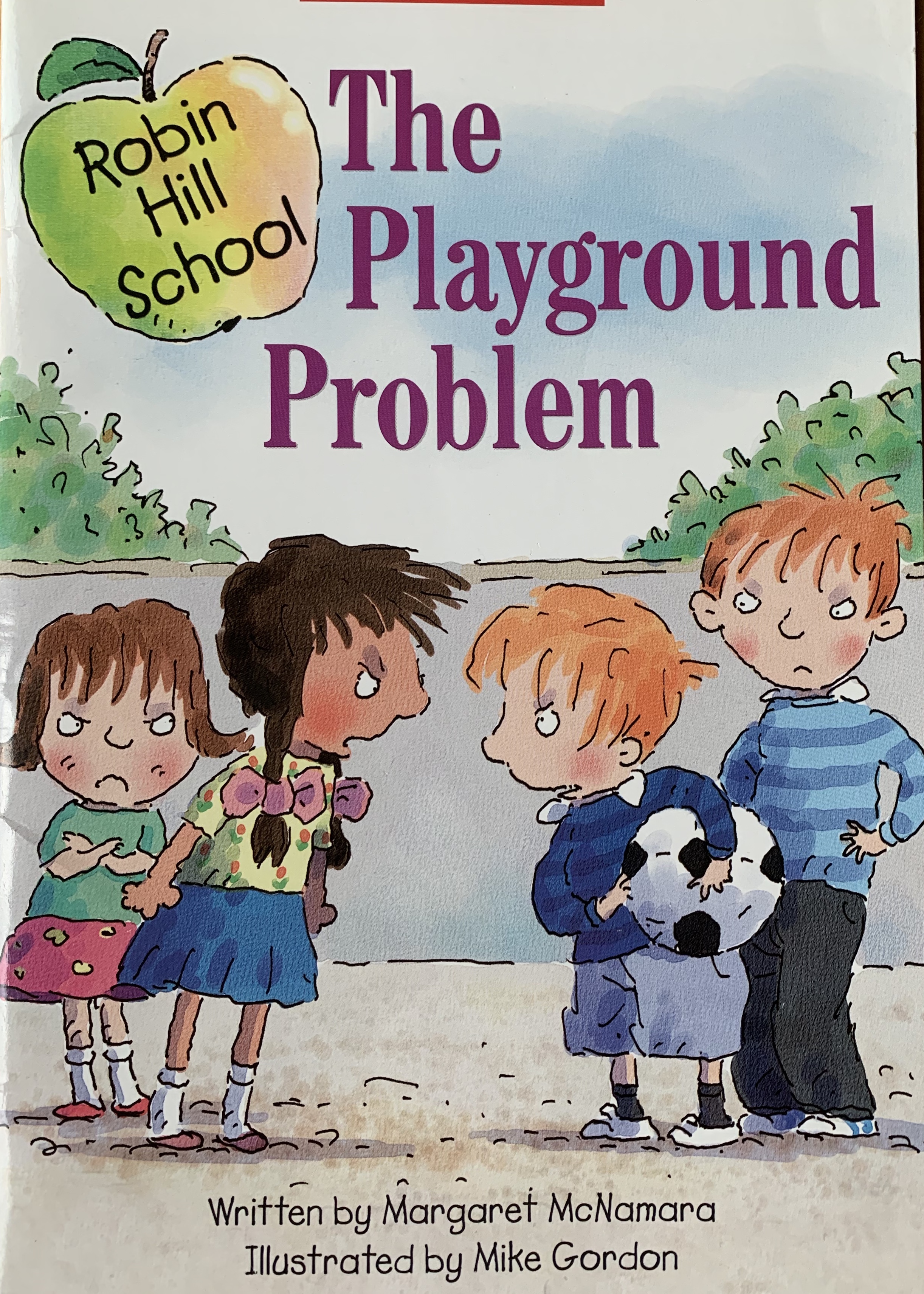
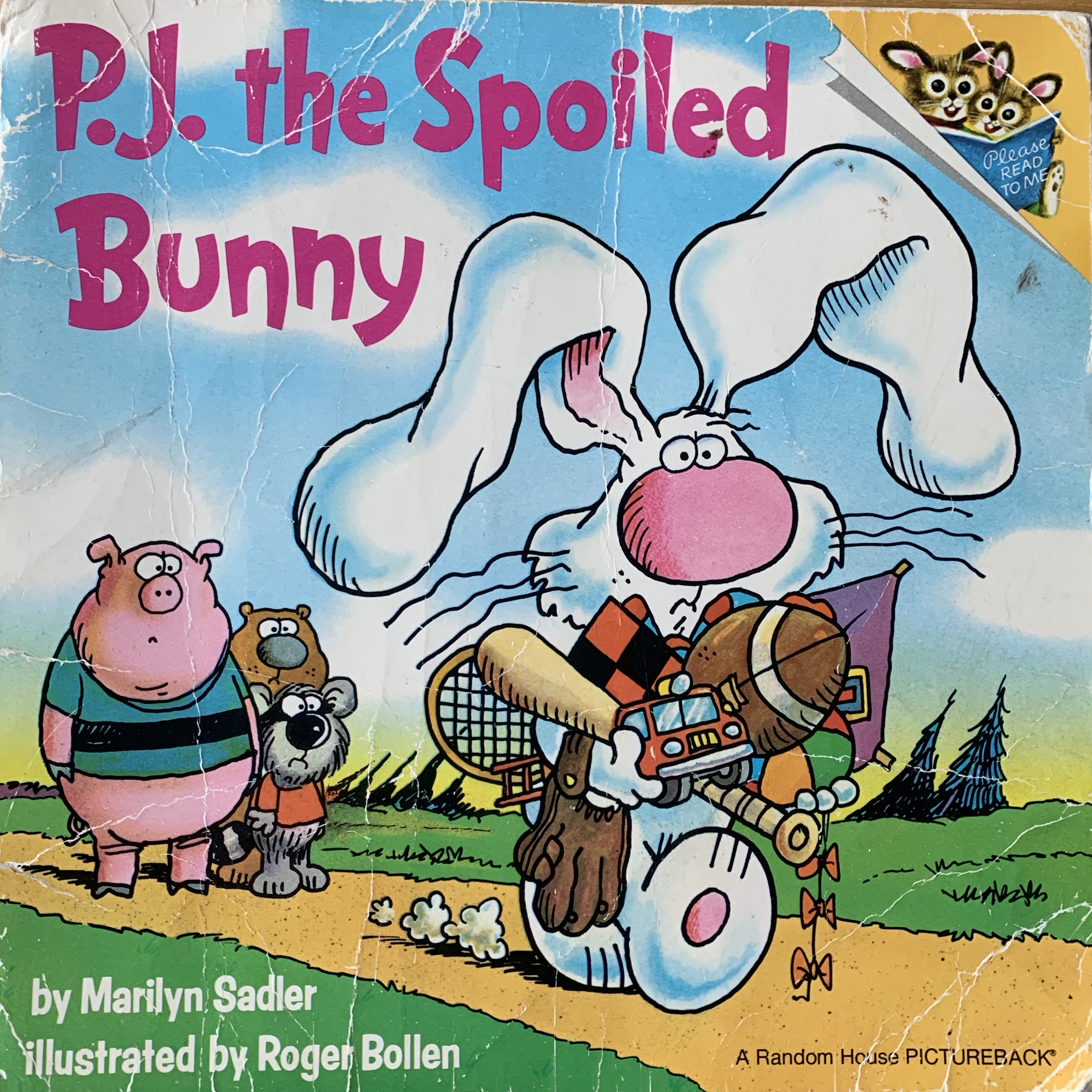
While we will continue to help children navigate social situations throughout the year, we are already noticing baby steps in the right direction. When we do hear children helping children or addressing each other directly we are quick to acknowledge with words of praise. Learning the art of social pragmatics is the work of three and four year olds, beginning now, and as we know, continuing throughout their lives.
